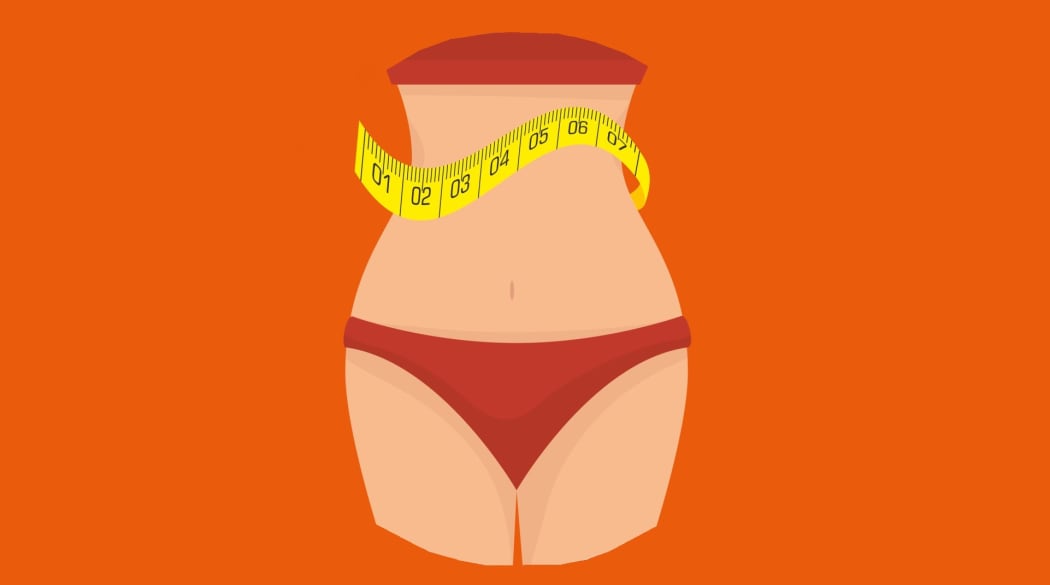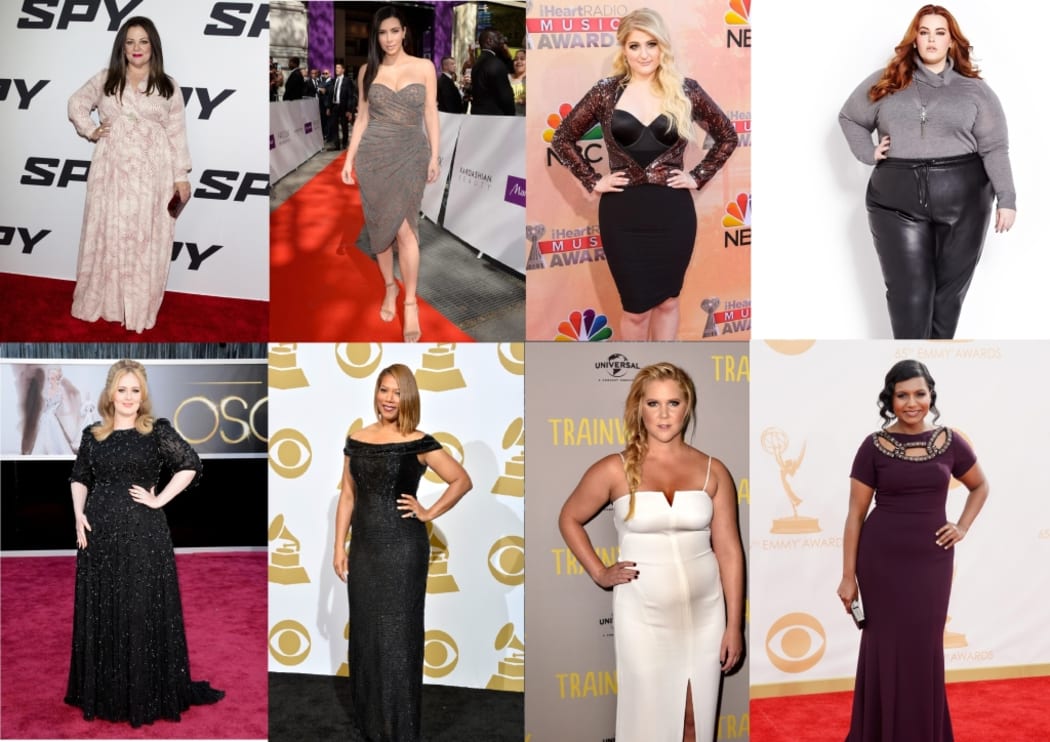A new study shows women's satisfaction with their bodies has gone up. But is going from shit to less-shit really something to celebrate?

Despite the slight drop, two thirds of all women aren’t happy with how their bodies look. Photo: 123rf
Statistics around women’s views of their own bodies are nearly always depressing. Many of us are stuck in a vicious cycle of feeling like our curves aren’t in the right places, our lumps bulge at the wrong angles, or that there’s simply too much of us.
But a recent study has found that while women still report rampant unhappiness with their bodies, that unhappiness is not as high as it has been in the past.
Researchers from the College of Wooster in Ohio analysed results from 250 studies involving more than 100,000 people between 1981 and 2012 to look at trends in how they felt about their bodies.
During that time, women’s body dissatisfaction fell by 3.3 points on average.
Men’s unhappiness has not changed much over time but they remain much less dissatisfied with their bodies than women. The researchers did find, however, that men were unhappier with the muscularity of their bodies than women were.
Similar results have shown up in New Zealand. A Next Magazine survey of 1500 women last year found 32 percent of women were happy exactly as they are, compared with only 25 percent three years ago.
Writer Angela Barnett, founder of the body positivity website Fucking Awesome Bulimics I Know, welcomes improvements to how ladies feel about themselves, but she says there’s still a long way to go.
“It’s so great, if that’s really the case ... it’s just that I hear a lot of that not being the case. I wouldn't want anybody to think ‘ah we’re all fixed now. We don’t need to talk about this subject anymore’.
“I had terrible body image as a teen and then was bulimic all through my twenties. It has taken me a long time to get to the point of feeling great about my body,” she says. “I’ve just got this one body and I’ve spent a long time battling it.”
One reason for a slight decline in dissatisfaction might be the increasingly diverse range of bodies visible in popular culture now - from Kim Kardashian and Megan Trainor to Tess Holliday.
“It’s got to be helping,” says Barnett. “And the fact that there’s more diversity in models - I hate the term plus size models - but we’re starting to see it. But at the same time, I think there’s still so much focus on our bodies, and how we look.”

One reason for a slight decline in dissatisfaction might be the more diverse range of bodies visible in popular culture Photo: Unknown
Despite the slight drop, the fact remains that nearly two–thirds of all women aren’t happy with how their bodies look. The Youth’ 12 survey survey shows 32 percent of young women are unhappy or very unhappy about their weight, with the levels of unhappiness increasing in the later years of secondary school.
A big part of young people’s body perception is being shaped by social media, Barnett says. While it can create online communities who support and encourage each other, it’s also a never-ending maze of perfectly-angled selfies, gym updates, and clean eating tips.
“We’re so much more body conscious because we’re presenting ourselves all the time. I find people are more willing to talk about the subject of body image but as soon as you venture over into the word ‘eating disorder’, I feel like there’s a glazing over of the issue.”
Eating disorders have the highest mortality rate compared with any other psychiatric illness, and are spreading across women and men, young and old.
“Girls as young as six, boys as young as 11 and women as old as 65 are still getting them. And it's not just eating disorders, but cutting, depression and suicide too,” says Barnett.
In New Zealand, about one in four teenage girls suffer from the symptoms of an eating disorder and perhaps as many as 10 percent of adolescent girls go through a mild phase of almost-anorexia, according to a New Zealand eating disorder services website.
It’s also likely statistics on eating disorders are unreported since many people with eating disorders do not report the condition unless it becomes life threatening.
Barnett says that while talking openly about the issue is a good start, it’s not time to celebrate just yet.
“I think there’s been a shift in energy and wonderful movements with women who want to fix this problem. But I still meet lots of women who are very unhappy with their bodies.”

